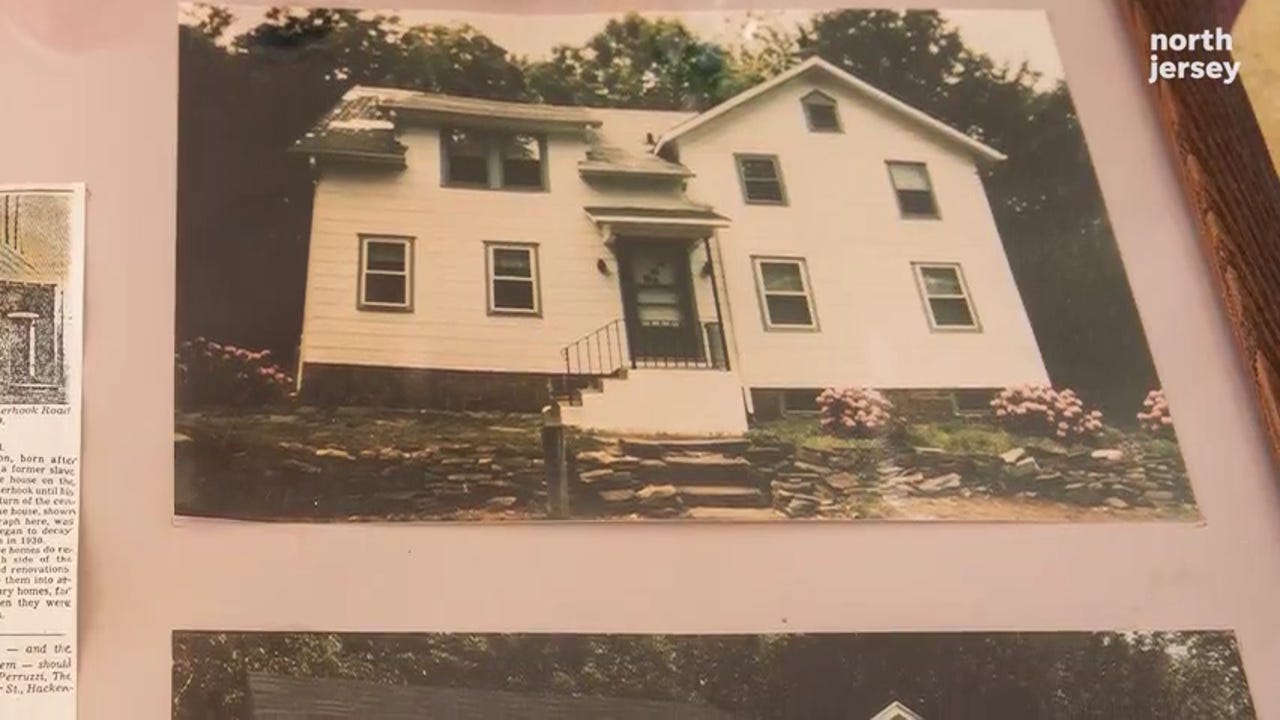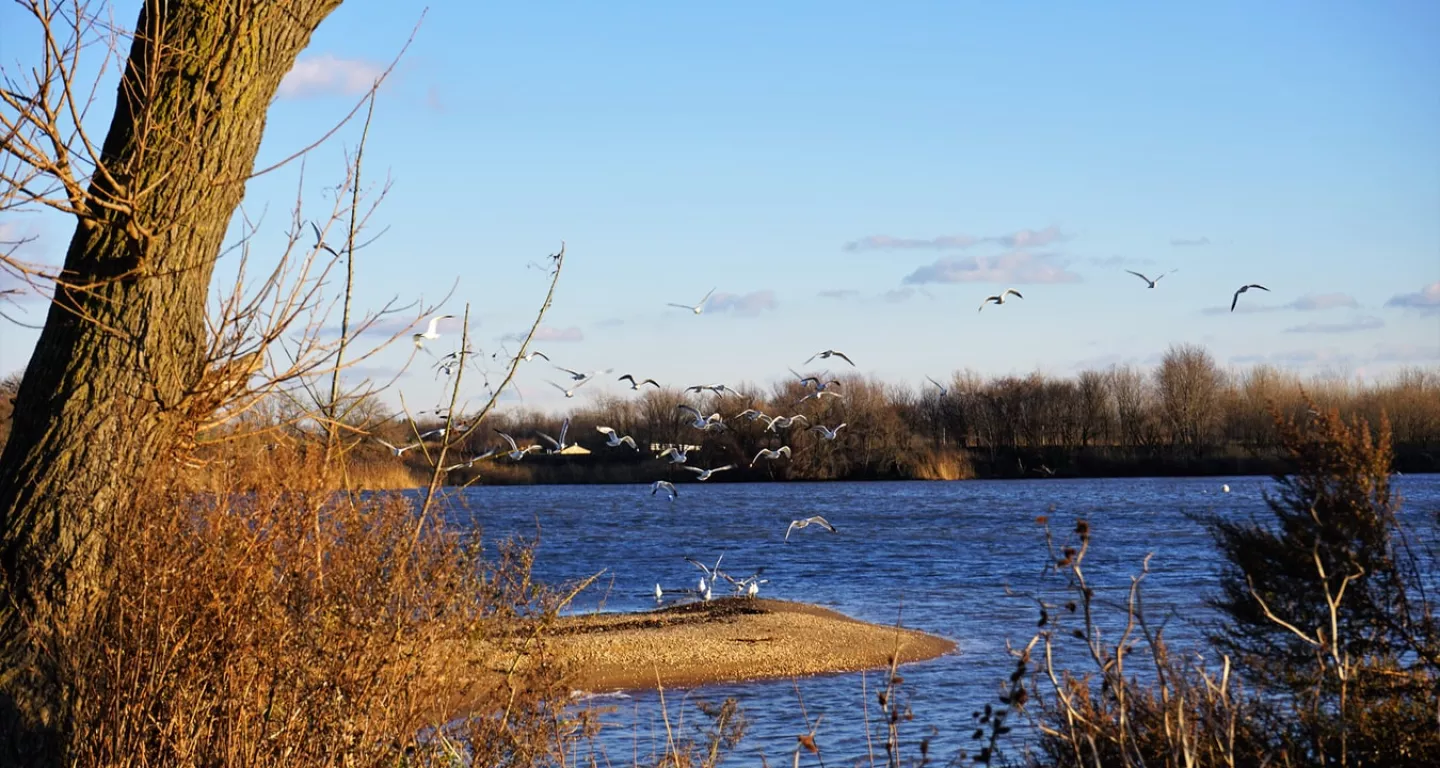Population Of Hamilton Nj - New Jersey's eight major cities will be whiter in 2020 than in 2010, according to data released by the US Census Bureau last month, consistent with statistics showing that New Jersey as a whole is more diverse and likely to be minority. Over the next decade.
While the white population has declined, the Hispanic and Asian populations have increased in nearly all 10 cities. The black population in many cities is stable or slightly declining, mirroring the state as a whole, where non-Hispanic blacks have fallen from 12.8% to 12.4%.
Population Of Hamilton Nj

Statistics paint a picture of New Jersey that is more diverse, and especially Hispanic and Asian than ever before.
Most Of New Jersey's Largest Cities Got Less White Between 2010 And 2020
The white population of Mercer County's three major cities, Woodbridge, Edison and Hamilton, declined by more than 10% of the total population, though each story is different.
In Edison, Asians already had a large urban population in 2010, but the 2020 census confirmed that their numbers are still growing. The city now has almost 54% of its population Asian - up from 43% in 2010 - and only 26% of white people, down from 40%.
Closer to home, Woodbridge Township tells a few different stories. There, the Hispanic and Asian populations are growing rapidly, while whites have dropped from a majority (51%) in 2010 to 39%. However, whites remain the largest ethnic group in the district.
Finally, the city of Hamilton on the outskirts of Trenton - 83% white, as in 2000, has fallen below 60% white, with a Hispanic population that has increased by almost 20%. The city with the highest proportion of state employees has long been different from minority Trenton, but numbers from 2020 show that it is diversifying rapidly.
Robbinsville Township, New Jersey
Newark, the nation's largest city, has reached an astonishing milestone by the 2020 census: for the first time in its history, the city is less than 10% white.
As the fortress of whites and Jews (best known by the Newark-born novelist Philip Roth) was exposed to the Great White Flight in the 1950s and 1960s, Moved to the suburbs, and most of the black residents changed.
In 2010, whites were already a minority in the cities at around 12%, but they fell in the following decade to 8%. Interestingly, the black population also declines by small numbers; Mirroring the trend elsewhere in American cities, the city is slowly becoming more Spanish.

Today Asians, not Hispanics, represent the largest population in Jersey, although the four main ethnic groups are still represented in the country's second largest city.
Main St, Hamilton, Oh 45013
Unlike other North Jersey cities such as Newark, Edison and Elizabeth, Jersey has never had a reputation as an area for one ethnic group or another, and by 2020 no group will have more than 30% of the population. But in a potential sign of continued urban growth, whites and Asians as many as blacks and Asian Spaniards declined.
The largest drop in black population among the top 10 cities was in Trenton, where blacks now make up 42% of the population, down from just 50% in 2010. Like Newark, the white population is also below 10%. For the first time in the history of the city.
This decline in white and black populations has made Hispanics the largest population in the capital, making up 45% of the city's population - up from 34% in 2010.
Lakewood, a thriving Ocean County venture that has become New Jersey's largest city, is unusual in that its white population increased between 2010 and 2020. It is now 82% white, non-Hispanic, up from 75% in 2010.
Redevelopment Plans Lead To Results In Bound Brook
The majority of white population growth and urban growth in general has come from the Orthodox Jewish community, which makes up about two-thirds of the population. Meanwhile, the city's black and Hispanic populations are experiencing contraction. Coordinates: 40 ° 13'30 ″ N 74 ° 39'02 ″ W / 40.225029 ° N 74.650481 ° W / 40.225029; -74.650481 Coordinates: 40 ° 13'30 ″ N 74 ° 39'02 ″ W / 40.225029 ° N 74.650481 ° W / 40.225029; -74.650481
Hamilton Square is a specially designated community (CDP) and csus located in Hamilton Township, Mercer County, New Jersey, USA.
It is the location of a historic colonial village. Until 2000 Csus, this area was part of the Mercerville-Hamilton Square CDP, which was split into two CDPs in 2010: Mercerville and Hamilton Square.

Hamilton Square was founded in 1692 and named after Alexander Hamilton in the wave of anti-British sentiment during the war of 1812.
Hamilton, Trenton Rank Among Top 10 N.j. Towns For Population, Census Figures Show
According to the US Csus Office, Hamilton Square covers a total area of 4,367 square miles (11,312 km2).
In 2010, the United States csus numbered 12,784 people, 4,532 families, and 3,703 families in the CDP. The population density is 2,943.4 per square mile (1,136.5 / km / km).
Ethnic makeup is 92.76% (11,858) White 1.74% (223) Black or African 0.08% (10) Native American 3.57% (457) Asian 0.02% (3) Pacific Islander 0 ,64 % (82) from other races and 1.18% (151) from two or more races. Hispanics or Latinos of any race make up 3.81% (487) of the population.
Of the 4,532 households, 33.0% have children under the age of 18; 69.7% are couples living together; 8.7% are single housewives and 18.3% are unmarried. Of all households, 15.9% are individuals and 8.8% have someone 65 years of age or older. The average family size is 2.79 and the average family size is 3.13.
Nottingham Way, Trenton, Nj 08638
22.2% of the population under the age of 18, 7.7% from 18 to 24, 21.5% from 25 to 44, 32.9% from 45 to 64 years and 15.6% from 65 years. The average age was 44.1 years. For every 100 women, the population is 93.6 men. For every 100 women aged 18 and over, there are 89.6 men.
The schools serving Hamilton Square are: Morgan Elementary School, Say Elementary School, Langtree Elementary School, Alexander Elementary School, Robinson Elementary School, Reynolds Elementary School, Crockett Elementary School, Nottingham Middle School and Steinert Middle School. Coordinates: 40 ° 12'23 ″ N 74 ° 40'31 ″ W / 40.206266 ° N 74.675274 ° W / 40.206266; -74.675274 Coordinates: 40 ° 12'23 ″ N 74 ° 40'31 ″ W / 40.206266 ° N 74.675274 ° W / 40.206266; -74.675274
Hamilton Township is a township in Mercer County, New Jersey, USA. This city is the largest suburb of Trton, the capital of the country located in the western part of the city. The city is located in the downtown area of New York, designated by the US Csus Office.

But it borders downtown Philadelphia and is part of the Federal Communications Commission's designated Philadelphia region.
Office Of Population Research
Hamilton was incorporated as a city by the New Jersey Legislature on April 11, 1842, from the displaced part of Nottingham. That part of the town was formed as Chambersburg on April 1, 1872, and merged with Trton in 1888 and Wilbur on April 24, 1891, and merged with Trton in 1898.
Hamilton Township originates from Hamilton Square, which may be named after Alexander Hamilton.
In 2006, Hamilton Township was ranked by the Morgan Quitno Press as the 18th safest city in the United States out of 369 cities nationwide.
Although Hamilton is one of the largest neighborhoods in New Jersey, it is not a real "city", but several settlements within the city are small commercial areas. Groveville (with 2,945 Csus 2010 residents)
Stellar Health Center For First Responders Opens In Hamilton, Nj
Van Nest Wildlife Sanctuary is a 98-hectare (40-acre) wildlife management area managed by the New Jersey Department of Fish and Wildlife.
The city borders Lawrce Township, Robbinsville Township, Trton and West Windsor Township in Mercer County; Bordtown, Bordtown Township, Chesterfield Township and North Hanover Township in Burlington County; Upper Freehold Township in Monmouth County; And Falls Township in Bucks County, Pennsylvania, across the Delaware River in Pennsylvania.
According to A.W. Kuchler from Hamilton Township, New Jersey, United States will have Appalachian Oak (104) in the form of Eastern Wood Forest (25).

According to the Köpp Climate System, Hamilton Township, New Jersey has a humid tropical climate (Cfa). Cfa weather is characterized by all months with an average temperature > 32.0°F (> 0.0°C) at least four months with an average temperature at least ≥ 50.0°F (≥ 10.0°C) . temperature .6 71.6 ° F (≥ 22.0 ° C) and no heavy rains between seasons. In summer, extreme heat and humidity can occur with temperature index values ≥ 100°F (≥ 38°C). On average, the wettest month of the year is July, which coincides with the peak of annual thunderstorms. During the winter months, extreme cold and wind can occur with wind temperatures <0°F (<−18°C). Plant hardiness in Hamilton Township is 7a with an average annual minimum air temperature of 1.1°F (-17.2°C).
Coronavirus Jersey City
Average total seasonal snowfall (November to April) between 24 and
Population of hamilton ont, hamilton nj population, population of hamilton county, population of hamilton county tn, city of hamilton population, population of hamilton ohio, population of hamilton county ohio, population of hamilton bermuda, population of hamilton montana, population of hamilton scotland, population of hamilton, population of hamilton new zealand
0 Comments